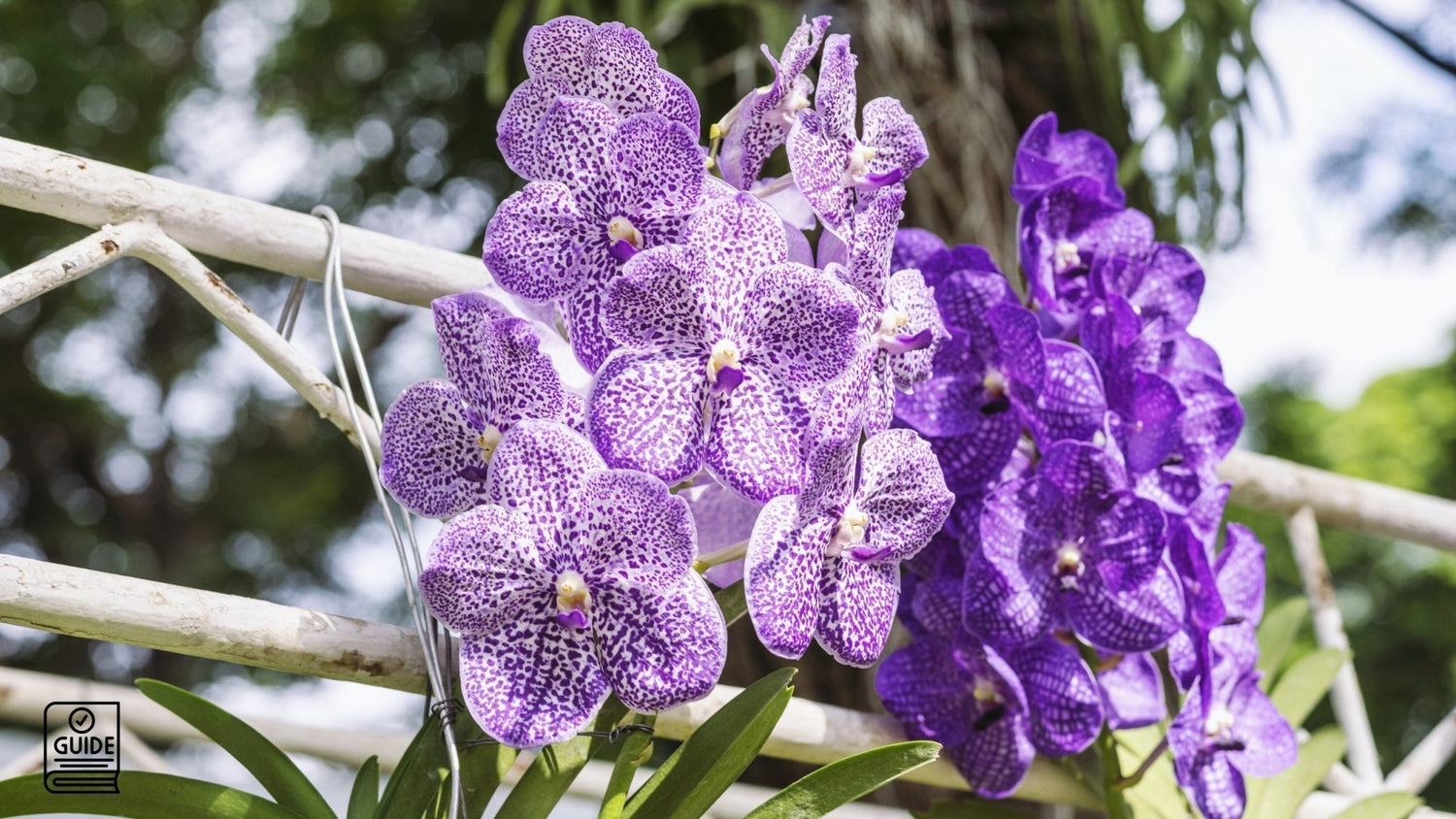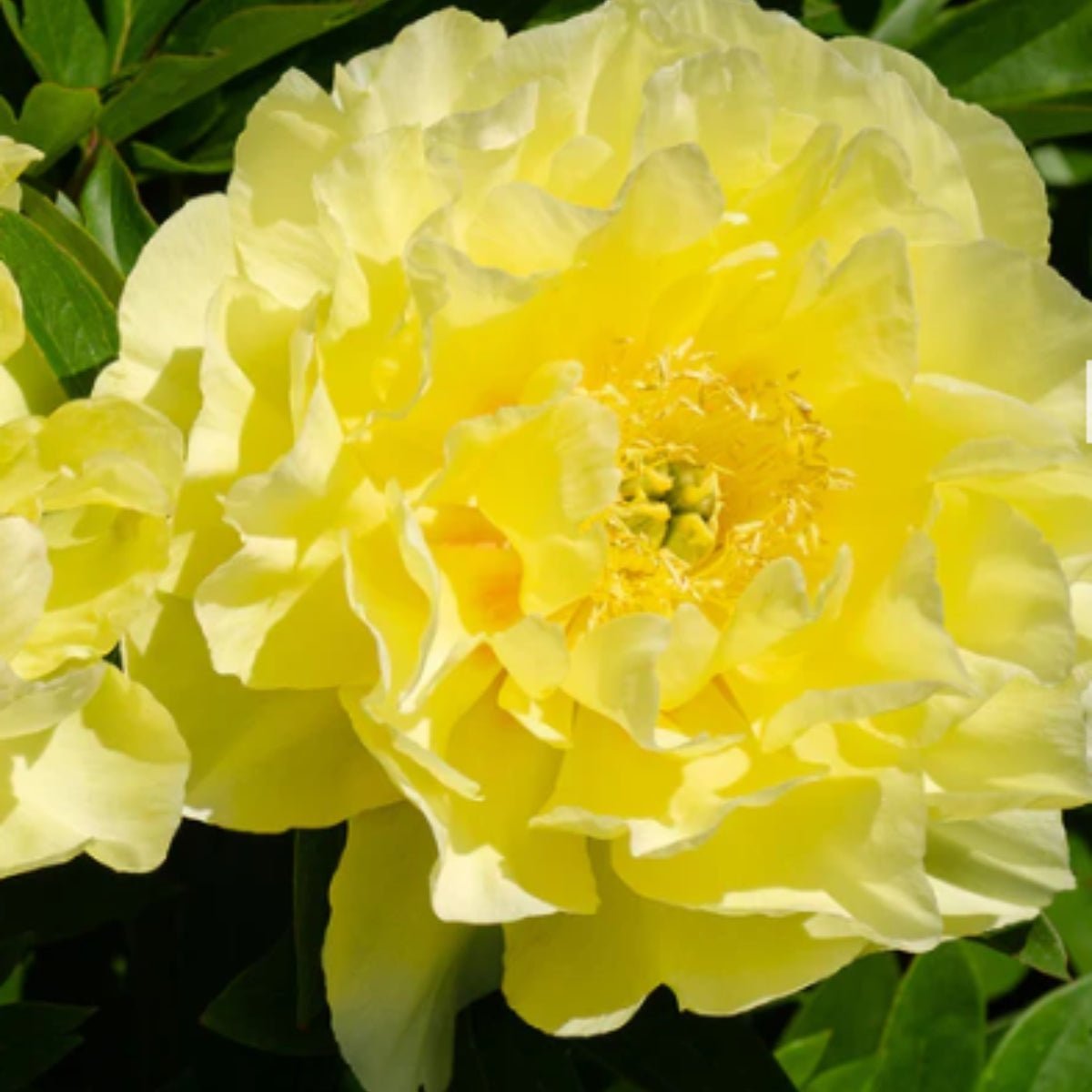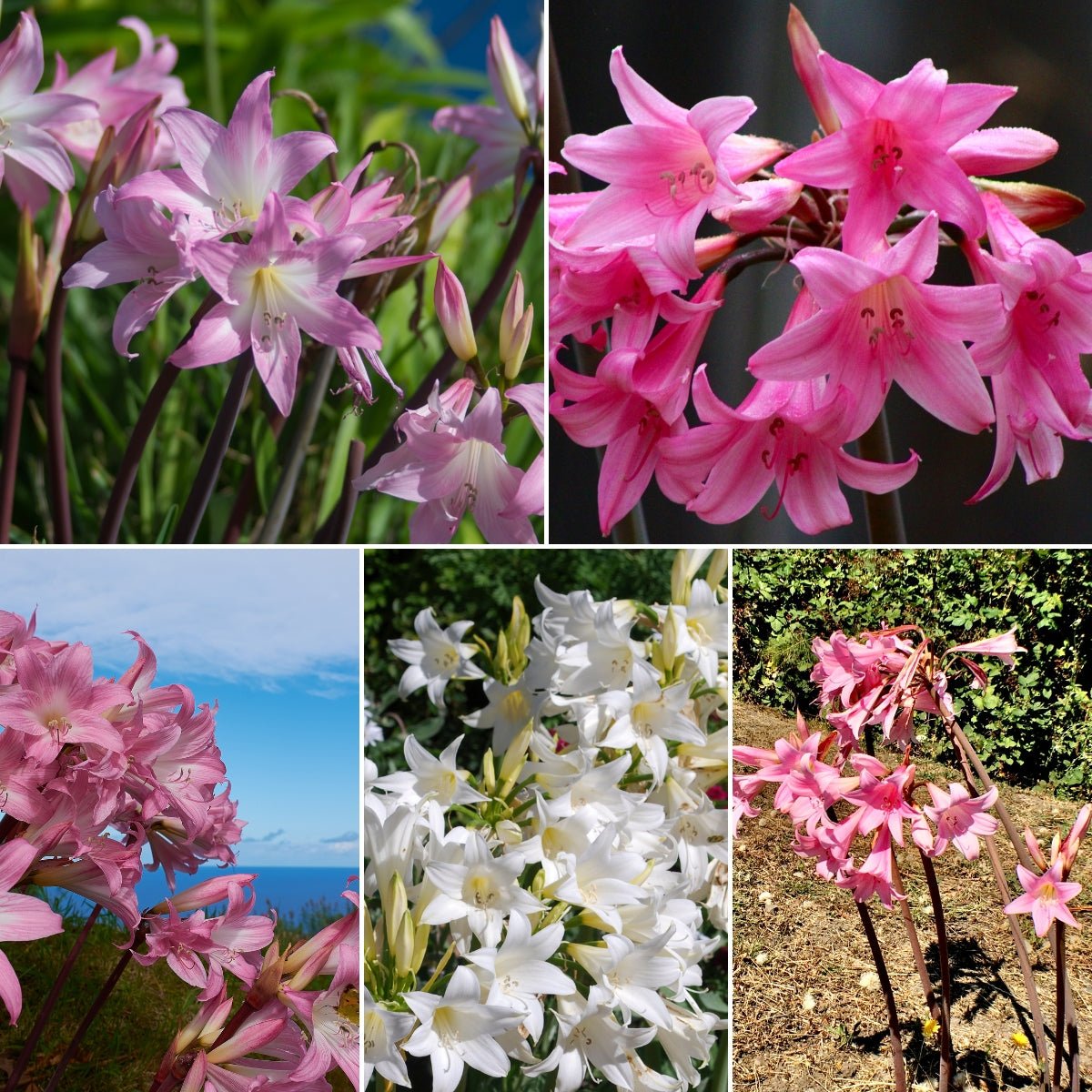Hey there, fellow plant enthusiasts! Have you ever laid eyes on the strikingly beautiful agapanthus and thought, "I need these in my garden"? Well, you're in luck because we're about to embark on a green journey into the heart of agapanthus cultivation. From the vibrant blues to the deepest purples, agapanthus, also known as African Lily, is a garden showstopper that's surprisingly easy to grow with the right know-how. So, grab your gardening gloves, and let's dig into this agapanthus growers guide, where we'll cover everything from planting to blooming, ensuring your garden is a splash of colour and life.
Before we dive deeper into the nitty-gritty of growing agapanthus, does this overview align with what you're looking for? Your approval means we're on the right track, and I can start fleshing out this guide with all the juicy details!
The Ultimate Agapanthus Growers Guide
Agapanthus, with its striking globes of trumpet-shaped flowers, not only adds a burst of color to any garden but also brings a touch of the exotic to your outdoor space. Whether you're eyeing those lush blues or dreaming of purples that dance in the breeze, growing agapanthus is a rewarding endeavor that's easier than you might think. So, let's get started!
Choosing Your Agapanthus
First things first, picking the right agapanthus is crucial. They come in two main types: deciduous and evergreen. Deciduous varieties tend to be hardier, making them suitable for cooler climates, while evergreen types thrive in warmer areas. Consider your climate when choosing which type to plant.
Planting 101
When to Plant: The best time to plant agapanthus is in the spring after the threat of frost has passed. This gives your plants plenty of time to establish themselves before winter.
Where to Plant: Agapanthus loves the sun! Pick a spot in your garden that gets at least six hours of sunlight daily. While they can tolerate partial shade, too little light can hamper blooming.
Soil Prep: These beauties prefer well-drained soil. If you're dealing with heavy clay, consider amending it with sand or planting in raised beds or containers to improve drainage.
Watering Wisely
Water is a key player in the agapanthus game. After planting, give them a good soaking to help them settle in. During the growing season, keep the soil moist but not waterlogged. Overwatering can lead to root rot, so let the soil dry out slightly between waterings.
Feeding Frenzy
Feed your agapanthus with a balanced, slow-release fertilizer in early spring to kickstart growth. A mid-summer feeding can help promote spectacular blooms. Remember, less is more when it comes to feeding these plants; too much fertilizer can lead to lush foliage at the expense of flowers.
The Secret to Blooming
Agapanthus blooms from late spring through summer, offering a long-lasting display of color. The secret to getting the most blooms is the right combination of sunlight, water, and a little bit of patience. Agapanthus plants can take a couple of years to settle in before they start blooming profusely, so don't despair if your first year is a bit underwhelming.
Winter Care
In cooler climates, deciduous agapanthus should be mulched heavily in the fall to protect them from freezing temperatures. Evergreen varieties may need to be brought indoors or into a greenhouse over winter if temperatures drop below freezing.
Propagation Pro Tips
Agapanthus can be easily propagated by dividing overcrowded clumps in early spring or after flowering. This not only gives you more plants but also rejuvenates older clumps, encouraging more vigorous growth and blooming.
Common Pests and Problems
While relatively low-maintenance, agapanthus can encounter issues like snails, slugs, and root rot. Keeping the area around your plants clear of debris can help minimize these problems. If pests become a problem, consider using organic controls like diatomaceous earth or neem oil.
FAQs
-
Can I grow agapanthus in pots? Absolutely! Agapanthus makes a stunning container plant. Just make sure to use a well-draining potting mix and a pot with good drainage holes.
-
How long will my agapanthus live? With proper care, agapanthus plants can live and bloom for many years, often becoming more prolific over time.
-
Why aren't my agapanthus blooming? Several factors can affect blooming, including too little sunlight, too much nitrogen, or the plant being too young. Assess your care routine to pinpoint the issue.
Wrapping It Up
Growing agapanthus is like adding a piece of the sky to your garden, with their mesmerizing blues and purples. By following these tips and giving your plants a little TLC, you'll be rewarded with a stunning display that's sure to turn heads. So, why wait? Start planning your agapanthus garden today and get ready to bask in the beauty of these remarkable blooms.
Remember, gardening is a journey, not a race. Take your time, enjoy the process, and before you know it, you'll be the proud caretaker of a thriving agapanthus display.
Happy gardening!





